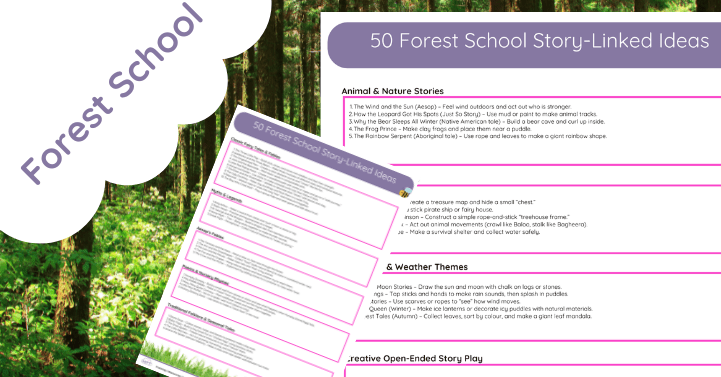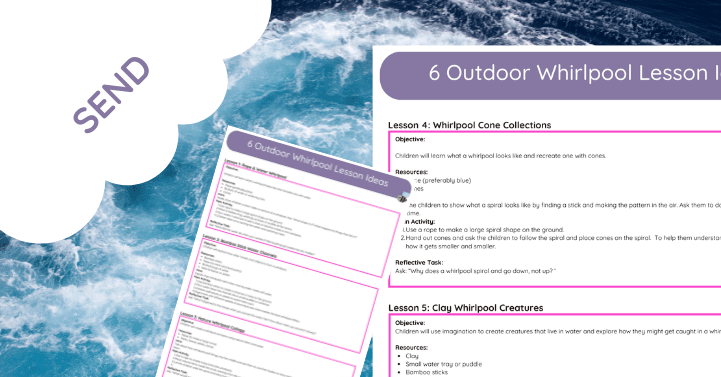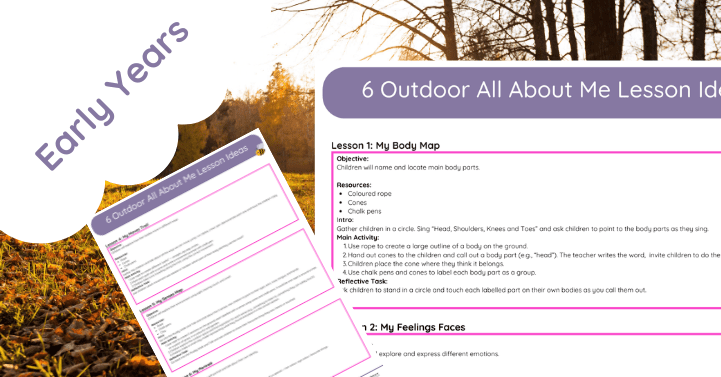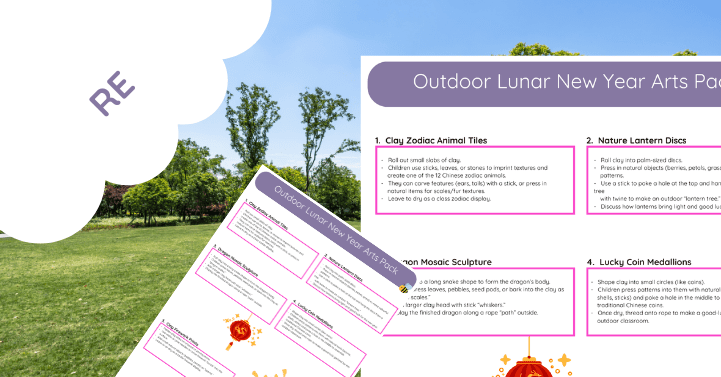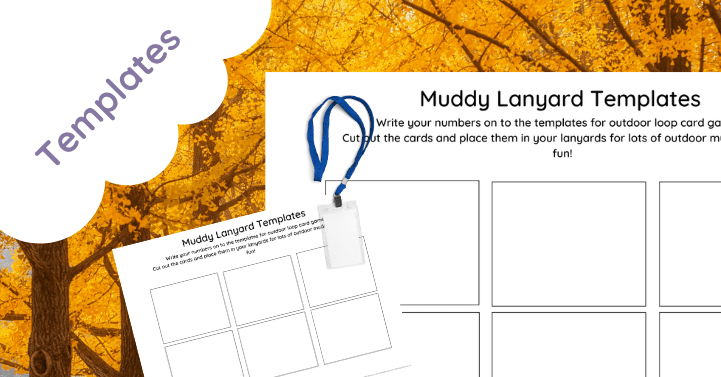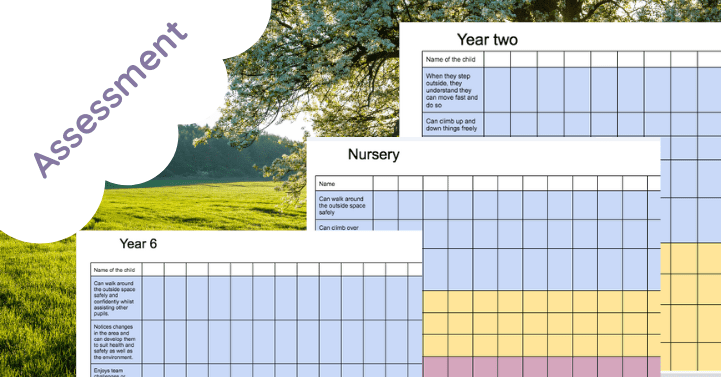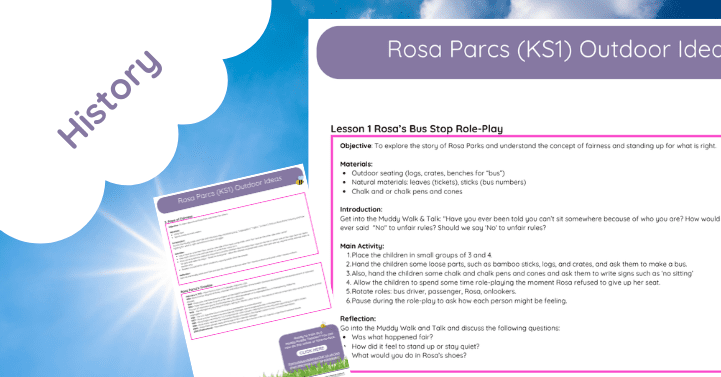The World Map: Unlocking Global Awareness in Children
In today’s interconnected world, understanding geography is more crucial than ever. One of the fundamental tools for teaching geography is the world map. For children, learning about the world map goes beyond memorizing continents and oceans; it’s about fostering a sense of global awareness and cultural appreciation. Here’s why the world map is an invaluable resource in a child’s education and how it can shape their understanding of the world.
The Foundation of Geography Education
The world map is often one of the first tools used in geography education. It provides a visual representation of the Earth, helping children to:
- Identify Continents and Oceans: Recognizing the seven continents and five oceans is a basic yet essential skill. It lays the groundwork for understanding more complex geographical concepts. Learn more about the continents and oceans from National Geographic.
- Understand Relative Locations: Children learn where countries are located in relation to each other, which is crucial for understanding global events and cultural exchanges. Check out this interactive world map for a detailed look.
- Visualize Physical Features: Maps can show mountains, rivers, and other physical features, helping children appreciate the diversity of the Earth’s landscapes. Explore physical features on the MapMaker Interactive from National Geographic.
Enhancing Cultural Awareness
Learning about the world map also promotes cultural awareness. When children understand where countries are located, they can better appreciate the diversity of cultures, languages, and traditions. This awareness fosters:
- Respect for Diversity: Knowing that people worldwide live differently encourages respect and open-mindedness.
- Curiosity and Learning: Children become curious about other countries and cultures, leading them to learn more and possibly even pursue travel in the future. Discover more about global cultures with BBC Bitesize.
- Global Citizenship: Children who understand that they are part of a larger, interconnected world cultivate a sense of global citizenship. Learn more about global citizenship education from UNESCO.
Practical Applications
Understanding the world map has numerous practical applications:
- Current Events: Children can better understand global news and events when they know where countries are located. Keep up with global news on BBC News.
- Travel: Geographical knowledge is fundamental for planning travel and understanding different time zones and climates. Plan your travels with Lonely Planet.
- Environmental Awareness: Awareness of geography fosters a better understanding of global environmental issues and the importance of conservation efforts. Learn about environmental issues on World Wildlife Fund.
Teaching the World Map: Tips and Strategies
- Interactive Activities: As discussed in our previous lesson plan, hands-on activities like creating maps with ropes and bean bags outdoors can make learning engaging and fun.
- Storytelling: Incorporate stories from different parts of the world to make geography lessons more relatable and interesting. Find engaging stories on Storyline Online.
- Technology: Utilize digital maps and online resources to provide interactive and up-to-date geographical information. Explore digital maps on Google Earth.
- Games and Puzzles: Incorporate map-based games and puzzles to reinforce learning in an enjoyable way. Try educational games on National Geographic Kids.



